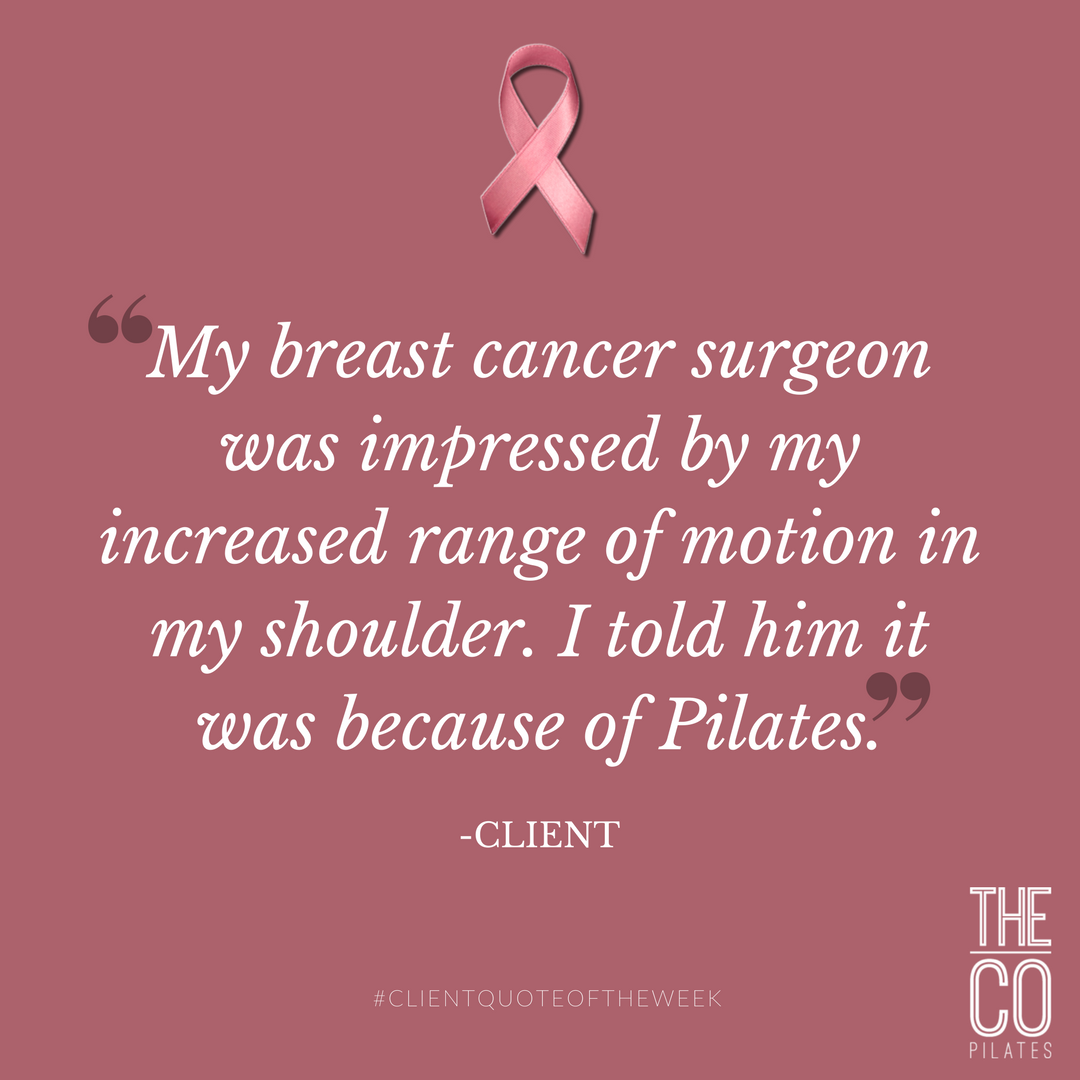How quickly time flies…
It’s October again and that means we are honoring Breast Cancer Awareness Month. We are so thankful to have worked with several resilient women this year as part of their post rehab process. It's exciting to know that breast cancer mortality rates have decline 39 percent because of fundraising and research, and now is no time to stop. We wanted to take a moment to share with you the stories and information we gathered for last year's October blog because it's still so relevant a year later.
Each year it’s amazing the new and creative ways organizations are sparking awareness and inspiring fundraising for breast cancer. At the same time, many women reflect on their own diagnosis and others breathe a tentative sigh of relief while on a path to remission. Additionally, most of us pause to reflect on and honor someone we knew and lost to breast cancer. According to the National Cancer Institute 1 in 8 women will be diagnosed with breast cancer in America their lifetime. The treatment process can be a year or more and there are numerous follow-up visits. As early detection and treatment strategies continue to improve of the 12% of women diagnosed 9.3% will survive the diagnosis based on statistics from the American Cancer Society. That means there are 3.1 million women motivated to live life to the fullest after a serious health scare like breast cancer.
Unfortunately, the specialists (oncologists and surgeons) that are responsible for saving women’s lives can’t do much to mitigate the plethora of residual issues deterring patients from living that full life during and post treatment. After a lumpectomy and the removal of 8 lymph nodes Christine Walsh Egan, published author of 'The Healthy Girls Guide to Breast Cancer', felt like her surgeon’s recommendations fell short of regaining range of motion in her arm. She credits her hot yoga practice with filling in the gaps clinical recommendations left open. According to Dr. Amy Bleyer, a highly regarded internist in New York City, many of these issues, like those Christine experienced, continue to linger long after someone is in remission. In addition, these issues can vary depending on the path of treatment (ex: biopsy, lumpectomy, mastectomy, reconstruction, chemotherapy, radiation). As a primary care physician Dr. Bleyer often plays the the role of advocate for her patients who are juggling overwhelming amounts of information coming from varying specialists as well as treating residual symptoms from procedures and medications such as insomnia, depression, and fatigue. While supporting her patients through the journey, she is the constant in a whirlwind of treatment strategies. In the midst of it all Dr. Bleyer continually encourages her patients to implement and maintain healthier lifestyle choices including exercise. Her practice focuses on well rounded guidance to “make it harder for patients to get sick and easy to stay well.”
A Personal Story….
Joan B, a client of The Co Pilates, shared her 15 year experience with breast cancer. Joan was on Hormone Replacement Therapy (HRT) which used estrogen to treat early menopause. A routine mammogram revealed that she had precancerous cells and subsequently underwent a lumpectomy to remove the tissue. As a precautionary measure she was taken off of HRT and placed on Tamoxifen, a preventative cancer drug that inhibits estrogen. During that transition in treatment Joan recalls dramatic changes in her body chemistry, like a race car slamming on the brakes and spinning 180 degrees. Noticeable periods of intense exhaustion were especially troubling to Joan because she was already leading a healthy and active lifestyle. One year later a follow-up mammogram unveiled more precancerous cells and Joan underwent a second lumpectomy. For the next five years she remained on Tamoxifen to assist with defending against further cancerous cells. While the extreme shift in medication slowed her down neither lumpectomy inhibited her physically.
Approximately 10 years later in 2015 a sonogram, known to offer better diagnostic capability, uncovered a diagnosis of Stage 1 infiltrating carcinoma. As a result Joan underwent her third lumpectomy, the removal of 4-6 lymph nodes, a series of 34 radiation treatments, and was placed on Letrozole, another preventative cancer drug. Despite periods of fatigue that resigned her to slow down yet again, Joan stayed active with routine walks and daily activity throughout the experience. Due to the residual side effects from Letrozole, including aches and joint stiffness, Dr. Bleyer recommended physical therapy. Joan then advanced to a Pilates program for continued activity and progress.
In reflection, Joan felt that a “more full blown exercise routine would have helped balance the periods of major fatigue.” This is especially true when she considers the benefits of improving cardiovascular capacity and and the calmness she experiences through mindful breathing - a skill she has gained through her Pilates program. With the help of a weekly Pilates regimen Joan has noticed an improved range of motion, increased muscular strength, and very positive evaluations from her breast surgeon.
The Benefits of Exercise
According to the Pink Ribbon Program training "Rehabilitative exercise is an important part of returning to activities of daily living after cancer treatment. Newer research has shown that exercise is not only safe and possible after cancer, but also immediately after diagnosis and during treatments. More than 80 studies looking at the effects of exercise on patients demonstrate that not only is the exercise safe, it also leads to significant improvements in day-to-day functioning, intensity and tolerance of symptoms, fitness, and overall health-related quality of life." An enthusiastic advocate for what exercise can do to add balance and normalcy to an otherwise seemingly uprooted existence, Christine Walsh Egan encourages the women she coaches “to be present in their activity as a way to be present throughout treatment.”
According to several Cochrane studies data shows exercise can improve symptoms of breast cancer treatments. Dr. Bleyer’s experience with her patients echoes the studies: “Those patients that incorporate physical activity definitely do better in their outcomes from diagnosis.” During her 33 radiation treatments Christine Walsh Eagan continued to train for a half marathon, practiced hot yoga, regular Pilates sessions, and has since joined Crossfit. We were happy to hear that she credits her weekly Pilates class as the keystone that keeps her productive and safe in Crossfit! When Christine is coaching her breast cancer clients she encourages women to be active in whatever way works for their minds and bodies and says at the very least, “just go outside and walk and be in nature.”
As women we have powerful bodies capable of so much. Breast cancer, no matter your level of diagnosis or complexity of treatment, can severely interrupt our connection to that powerful identity. Movement and staying fit in a mindfully is a natural and timeless way of reclaiming that identity. We at the The Co Pilates always feel privileged when our clients allow us to facilitate in that process. Our bodies are what move us through this life and if we aren’t moving, and truly present in that movement, we aren’t truly living.
If you have a story of how movement and exercise supported you or a loved one through breast cancer treatment we would love to hear about it.









